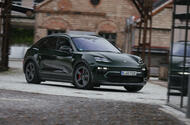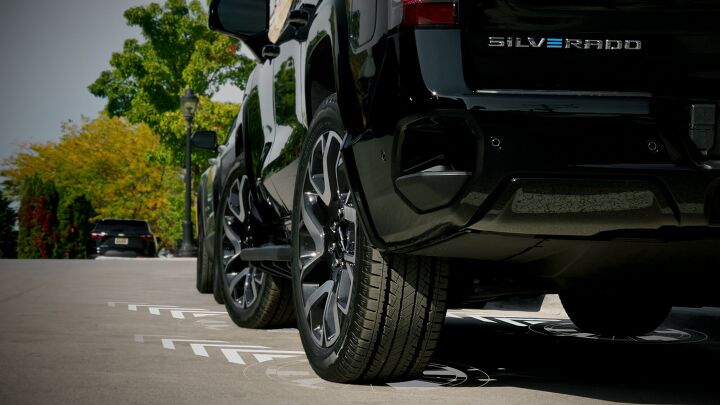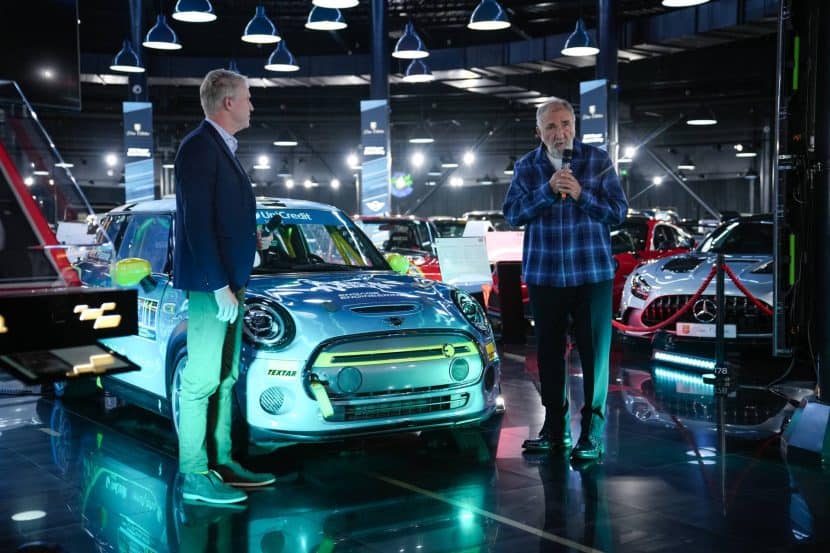Can the highly popular SUV retain traditional Porsche qualities as it enters the age of EVs?
The new Porsche Macan Electric has an unambiguous but also potentially thankless assignment ahead of it: to become a worth successor of the celebrated Porsche Macan, only powered by electricity.If only this was as simple as it sounds. For many, the existing, combustion version of Porsche’s junior SUV represents a class-dominating spider chart of performance, space for the family, long-distance road manners, and just enough fun to ensure you don’t regret passing up that Cayman build slot, not to mention residuals that, at times over its lifecycle, have had enough strength to make King Kong look like the Sugar Plum Fairy. The Macan’s a rare thing in that it really does have no obvious weaknesses.But even the best electric cars have weaknesses. Excellent as many now are, there impose compromises in terms of range, price, weight – and often, perhaps most conspicuously here, for dynamic handling appeal compared with their combustion-engined peers. Which means the electric Macan’s biggest challenge may not be in defeating the imminent Polestar 4 or the new Hyundai Ioniq 5 N, but simply matching for broad appeal the combustion-powered Macan which, despite having been discontinued in mainland Europe already, will soldier on in UK showroom until a likely retirement in 2025.So how have they gone about evolving this model for the electric world? We’ve had a couple of occasions to find out so far, having now tested all four versions of the car (the base Macan, Macan 4, Macan 4S and Macan Turbo) fairly briefly on European roads. Read on to find out what we learned.
Source: Autocar RSS Feed


